Like other musical instruments, there are actually several types of harmonicas in the market which vary in terms of what music they can play, what they look like and what level they are most suited for. The following content will make much more sense if you understand the common terminology used in the harmonica world.
Different Kinds of Harmonicas
Each of the models of harmonicas have varying purposes that they are outfitted for, but with some creativity, there can be some crossover. Here is a list of the types of harmonicas currently available for users to choose from:
Diatonic Harmonica
The most commonly used harmonica types, especially by beginners, are diatonic harmonicas in different keys. Diatonic harmonicas are made to play the major scale of one specific key, but if the harmonica’s tuning is done in the usual Richter Diatonic Tuning, it will be able to play in other keys by adding additional pressure to the reeds in order for it to play tunes that it could not otherwise play.
It is not unusual for avid and professional players to have a collection of multiple diatonic harmonicas, since they are limited to one key each. Even though this limitation seems like a setback, diatonic harmonicas are most often ideal, since they are the easiest to learn and master. Additionally, a majority of music, especially for beginners, is locked into one key anyways.
An example of a common style of music utilizing these kinds of harmonicas is country or blues rock. Learning different types of harmonicas and styles, like the blues harp will give a readiness to play whenever an opportunity arises, since the instrument can easily fit in your back pocket.
A blues harmonica style may be desirable because it can be played quickly or slowly and allows opportunity for bending notes, depending on your preference and skill level.
Lastly, blues rock with this type of harmonica playing simply sounds good! All Harmonica players own at least one of the diatonic harmonicas. Even with the classic diatonic harmonicas, varying techniques can yield incredibly different sounds. Different positions or trying to bend notes are fun techniques that tend to have the best creative results.
Chromatic Harmonica
The second major type of harmonica in the market is the chromatic harmonica, used mostly by those who have a good grasp on the diatonic harmonica and professional harmonica players. Diatonic and chromatic harmonicas are by far the most popular Chromatic harmonicas have a button on their side which helps redirect air flow around the harmonica and apply it to a reed of your choice.
If by any chance you do not want to use the side button, you will be able to play the altered diatonic major scale which your harmonica has. As a result of this feature, a player with a chromatic harmonica can play all 12 notes of the Wester scale.
Users can purchase chromatic harmonicas with 12, 14, or 16 holes in them depending on the keys one wishes to cover. The most common choice for players is the key of C as it allows them to guide the more easily than with other keys.
Many players also purchase chromatic harmonicas in order to assist them in doing solo tuning. In this case, the 12-hole chromatic would have its lowest note at middle C, while the 16-hole chromatic would begin its notes with a lower octave.
Tremolo Harmonica
The third major type is the tremolo harmonica, which has the capacity to play two reeds at the same time. It is notable that the pitch of these reeds varies as one is sharper and the other is flat. Some often consider this effect to highlight the changes in the song’s pitch despite playing the same note all over again. Tremolo harmonicas tend to be popular in East Asia as part of their folk music compositions.
Tremolo harmonicas are not seen too often in many western settings because playing a scale may be difficult and honestly quite confusing for beginners. The notes are in a different order than the piano, for instance, which makes mastering the music theory behind it all the more difficult.
That being said, if you are looking for a challenge, consider shopping around for a tremolo harmonica.
Orchestral Harmonica
Specialized harmonicas are also available and in this case, they are only used on specific occasions. The most notable specialized harmonica is the orchestral harmonica which is only used in orchestral performances. This harmonica guides players in directing the range and pitch of the song and changing keys.
ChengGong Harmonica
Knowing Where Harmonicas Came From and Early Versions of the Instrument will certainly lend some understanding to this next Harmonica in line.
There is also an Asian type of harmonica known as the ChengGong harmonica. This harmonica also has a main body, but unlike a harmonica with a steady or permanent mouthpiece, this harmonica has a sliding mouthpiece.
This harmonica comes is a 24-hole diatonic harmonica which covers 3 different octaves. The 11th hole can slide along the harmonica to provide a variety of chords.
It is also capable of playing a single note song much like a regular harmonica. You can’t play different notes by blowing and drawing in the same position of this harmonica since it can only produce the same note each time.
Pitch Pipe
Another specialized harmonica available in the market is the pitch pipe. Normally, this harmonica is used as a guide for singers and other players when it comes to which pitch to follow.
Pitch pipes are now divided into several versions: chromatic pitch pipes which can perform 12-note octaves for choirs and the pitch pipes meant for string players to help them tune the open strings on their instruments.
Glass Diatonic Harmonica
There is also a glass version of a diatonic harmonica invented in 2009 by Geoff Stengel. This harmonica is actually a diatonic harmonica made with glass components. In this case, the glass is borosilicate glass to ensure that it will not break easily.
Each of the reeds can be changed and everything is held together with brass screws. To achieve the color of each part of this harmonica, oxides and the borosilicate glass are mixed by hand to get the right effect.
Electric Harmonica
Finally, electric harmonicas can also be bought in the market today. This type of harmonica doesn’t look any different to harmonicas available in the market today.
However, this type of harmonica has a microphone inside to ensure that the sound it makes is louder without needing an amplifier. This type of harmonica is made by the founder of Harmonix Harmonicas, Richard Smith, who has the patent for this design.
Bass Harmonica
Among the less known harmonicas is the bass harmonica. It comes in a few variations, and it is exactly what it sounds like it would be; the bass harmonica plays those low notes, giving it a deep accordion noise rather than a chipper higher pitched noise.
They certainly are not an ideal starting point since they aren’t commonly seen or used, but bass harmonicas are mesmerizing instruments to listen to and watch people play. So if you are looking for a new party trick, perhaps this could be a fun one go to with!
You can learn more about the bass harmonica here.
The Six-Sided Harmonica
The novelty six-sided harmonica, or the Hohner Kreuzwender Six Sided Tremolo, is the world’s first and largest harmonica. Being 11”x3 ½” in diameter and weighing in at about 1lb, this solid device is the first and most unique of it’s kind.
The Hohner Kreuzwender combines six Tremolo harmonicas in the keys of C, D, F, G, A, and B flat. Each harmonica piece has 24 holes and 48 reeds and is designed with air tight maple materials created a warm, rich tone very similar to an accordion.
The beautiful thing about this harmonica is that it can be played in its unified form, or taken apart to play each harmonica separately. This not only allows you to have each harmonica in the key you need, but also makes it easier for traveling with one large device rather than six small devices.
This insanely unique instrument has quickly become a sought after collectibles item. Hohner only created a certain amount for a limited time, so coming across one of these musical gems is a rarity. Today, these harmonicas can be found from time to time through vintage shops and sometimes even Ebay.com. They are extremely unique, fun to play, and designed for the most devoted harmonica and music enthusiasts.
Two Main Categories of Harmonicas
Of all the fun varieties, flavors, and sounds across all harmonicas, there are two that get used far more than any of the others:
-
Diatonic
- Diatonic Harmonicas are by far the most popular, and truly what people think of when they think of a Harmonica. They have all the notes of a single scale, so nearly all Harmonica Players end up with multiple Diatonic Harmonicas to have one in each key. It’s prominent in Rock, Blues, Country, and many other Genres of music. This is definitely they way to go if you are just Learning to Play Harmonica
-
Chromatic
- Chromatic Harmonicas are Unique in that they have many more notes, which stretch across the whole chromatic scale. They require a little more discernment on which note to play since there’s an option to play so many more notes and not all the notes are in the same scale. These tend to be pretty big harmonicas, and fairly less known except to those who have a base level knowledge around the instrument and variations. Those who learn to play the Chromatic are often found playing Jazz, and it is an astounding thing to witness.
The Diatonic and Chromatic Harmonica Difference is the notes available. The difference in those who play which one is skill level and music theory knowledge.
What Harmonica Should I Buy?
After all that, you may still be asking Which Harmonica should I buy? or What is a Good Harmonica to buy?
Allow us to be your Harmonica Guide on your journey of learning all about this wondrous little instrument!
The link just above has all you need to make your confident, educated harmonica purchase!
One thing to keep in the front of your mind is the sacrifice you might be making if you choose to save money on your Harmonica Purchase and go with a Cheaper Harmonica. Know the risks of going too cheap, and the benefits of spending those extra few dollars on your new harmonica. Here are some Tips and Tricks for how to decide your budget when buying a harmonica, whether it’s your first, fifth, or hundredth harmonica!
Of course, understanding that cheaper harmonicas are more susceptible to breaking, you may want to familiarize yourself with how to fix a harmonica if you plan on saving a few bucks by buying the cheaper option. Here is where you can learn to problem solve with your instrument and even fix it yourself.
Not A Harmonica
A common mistake is to mix up many other small, wind instruments with harmonicas. Those keyboards you blow into, those are melodicas, not harmonicas. Though they do make some fun music, they are definitely in their own category. Kazoos are not harmonicas either; those are the plastic humming toys you found in your party favor bag when you were a kid.
These are all too common of mistakes, and that’s ok. We’re here to provide some clarifying information.
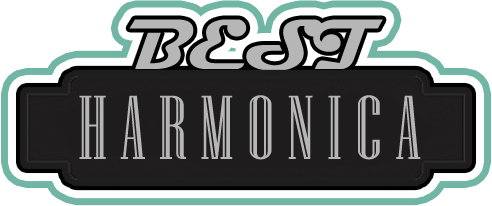
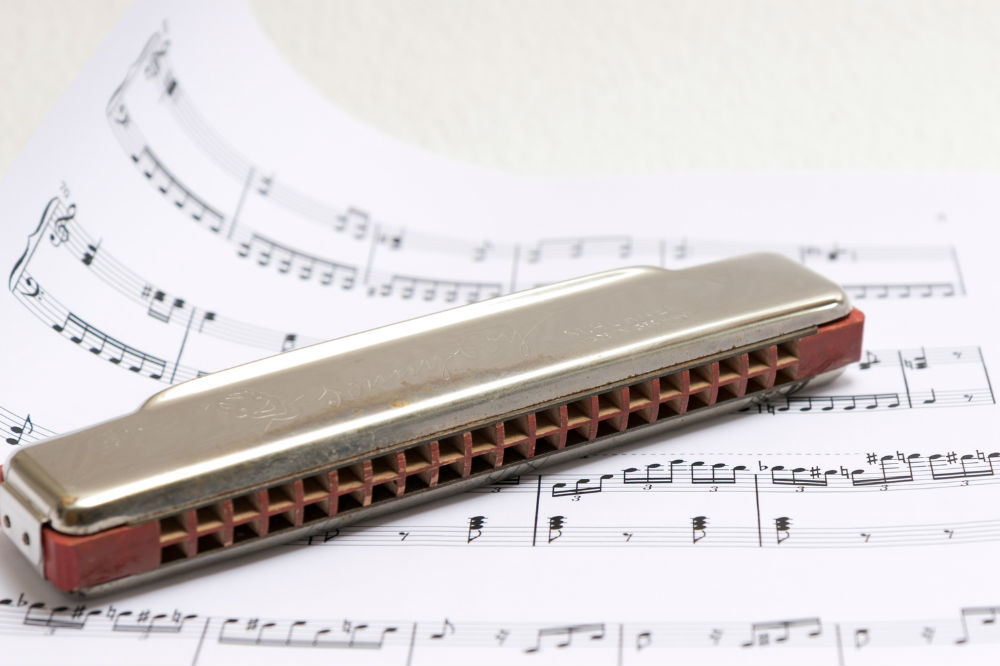
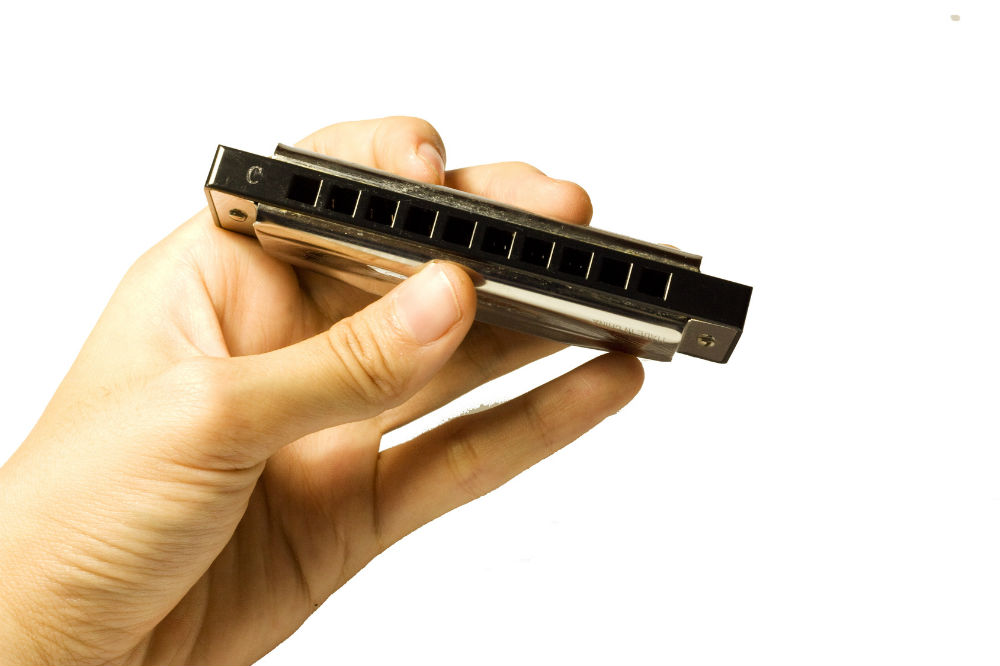
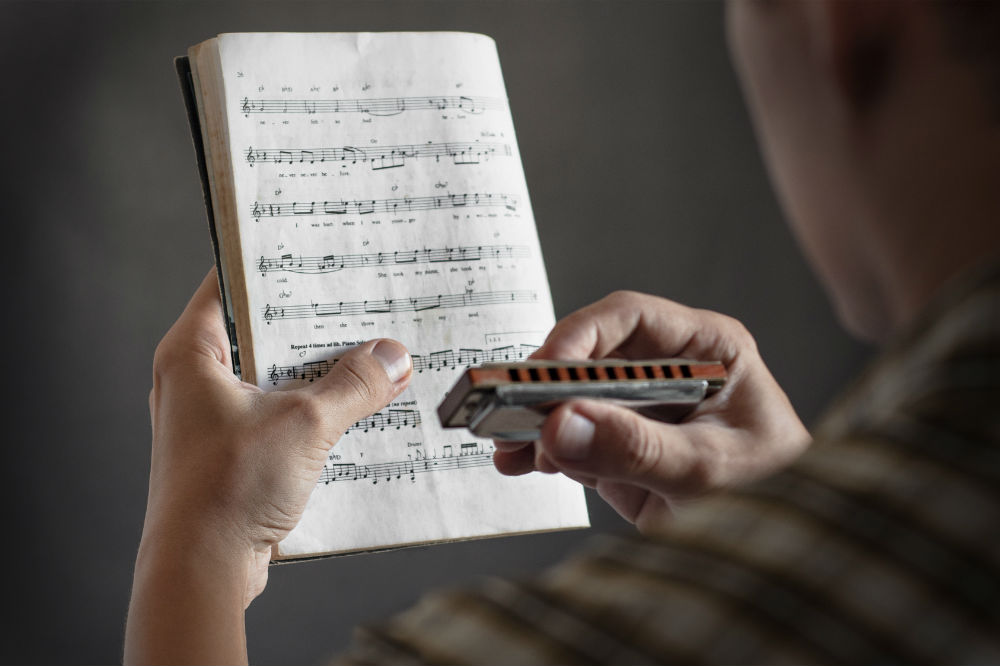

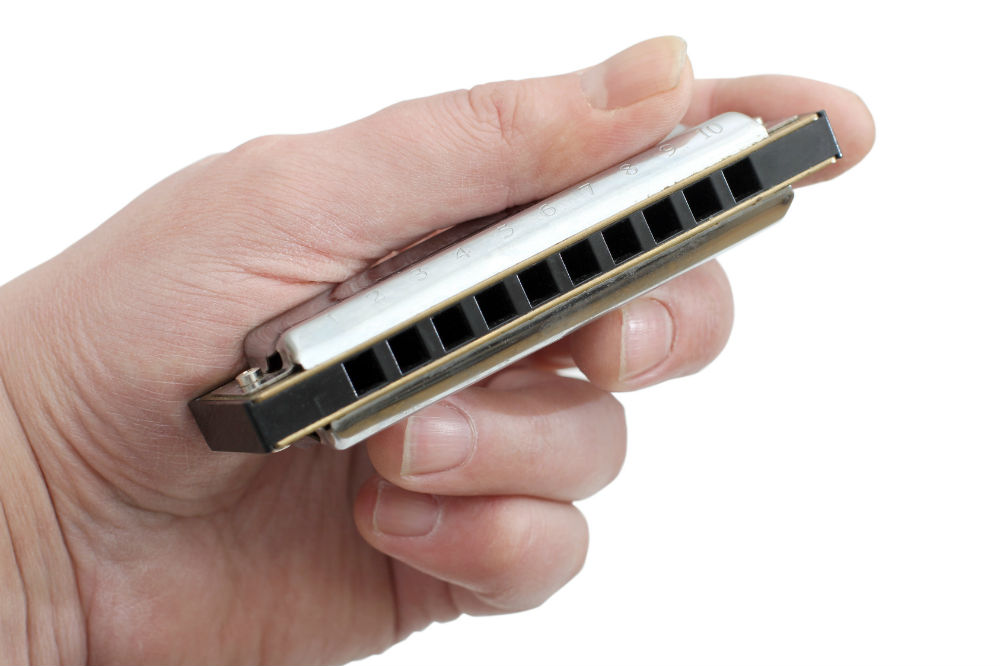
 Lee Oskar 1910 Harmonica Review
Lee Oskar 1910 Harmonica Review